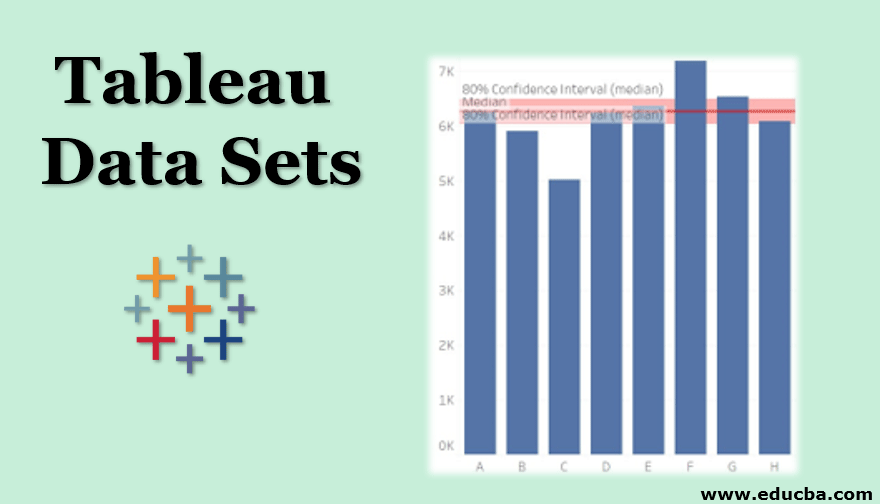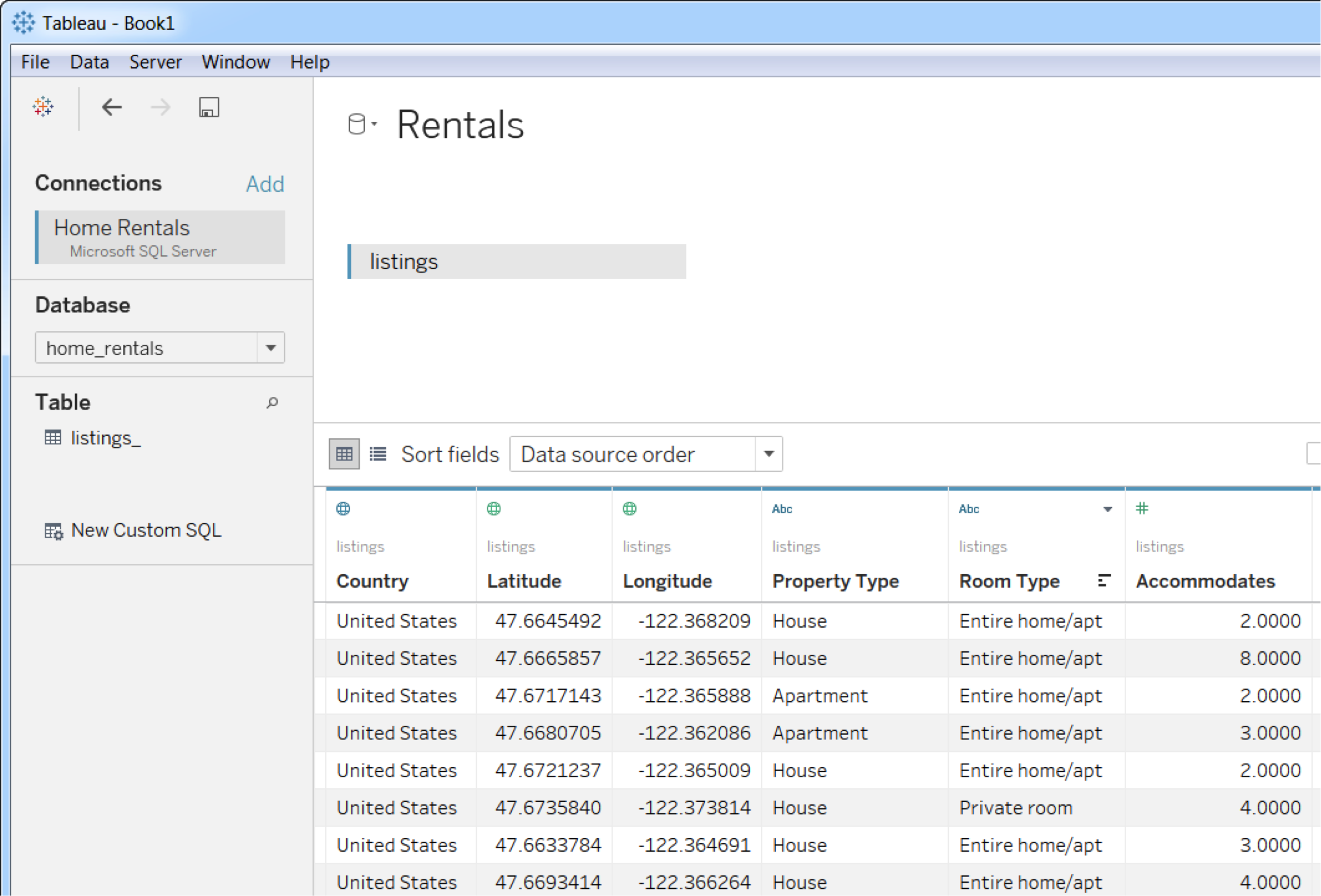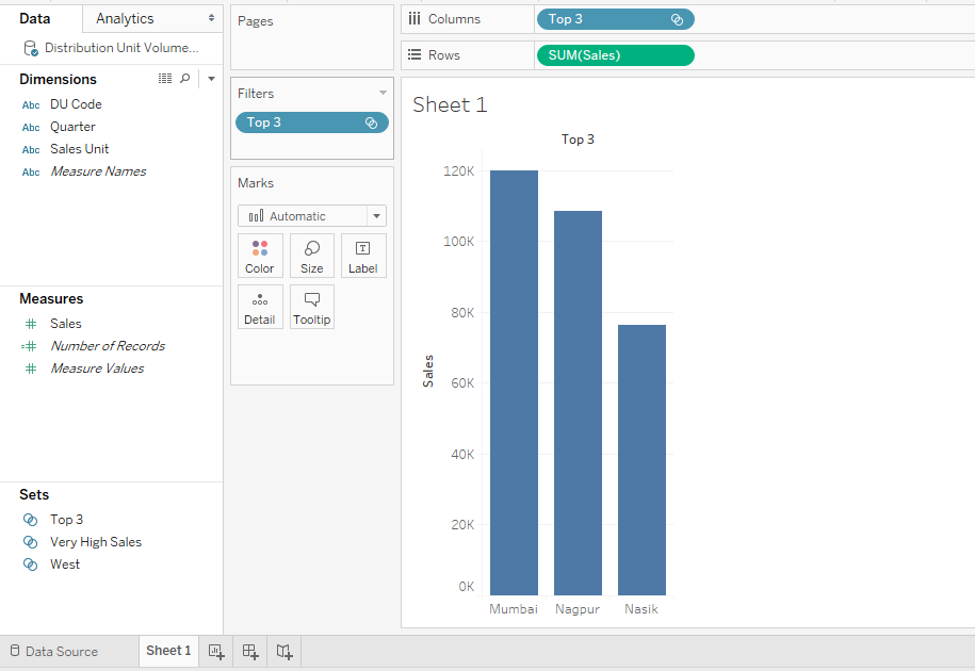Matchless Info About Can You Combine Two Datasets In Tableau Sas Line Graph Multiple Lines

On the most popular list, we wait until all episodes have premiered, so you see the views of the entire season.
Can you combine two datasets in tableau. You define relationships based on matching fields, so that during analysis, tableau brings in the right data from the right tables at the right aggregation—handling level of detail for you. If you aren't sure what join type you want to use to combine data from multiple tables, you should use relationships. To union your data in tableau data source, the tables must come from the same connection.
Combining multiple data sources into one view | tableau software The result of combining data using a join is a table that’s typically extended horizontally by adding fields of data. First, click on the “new union” on the data source page and then select the tables you want to combine in the prompt.
I have two sets of data which in essence is identical, i.e. You can combine the two dimensions using combine option, it will show when you select two fields when holding the control key and right click on it and select combine field and later you can edit the combine field and separate member by > as you want to show so the output is like below image: In the create set dialog box, do the following.
Data blending is a method for combining data from multiple sources. Tableau prep supports the following join types: Sometimes you would like to use more than one dataset at the same time to create your dashboard.
We’ve added union, which helps you piece together data that’s been split into little files. I've tried adding 3 connections and setting k=k and master_id = master_id as the relationships, but this results in 3 separate tables (i want 1). In this section, we will focus on understanding the difference between the first two approaches.
Tableau union is a feature that allows you to combine two or more tables from different data sources into one single table. Relationships are an easy, flexible way to combine data from multiple tables for analysis. Tableau will automatically create a join clause based on common field names in the two datasets.
Results calculated in sheet 1 and 2. Data joining is when you perform tasks with multiple tables or views from the same source (e.g., tables from the same database, excel sheets inside the same workbook, text files within the same directory). They looks something along like this;
To join data sources in tableau, you must drag and drop the relevant fields from two data sources onto the canvas. Inner, left, right, and full outer. Select the worksheets in the source workbook that you want to copy to the main workbook.
Let me show you how it works with some of new york city’s bikeshare data. They enable the consolidation of information from different sources, facilitating comprehensive data analysis and visualisation. Here, we are going to learn about rules to create a join, how we can create joins in tableau and how many types of joins are available in tableau.
For titles that are netflix branded in some countries but not others, we still include all of the hours viewed. With joins, you establish meaningful relationships between datasets, uncover patterns, and gain insights. You can manually combine data by union using two basic methods.























